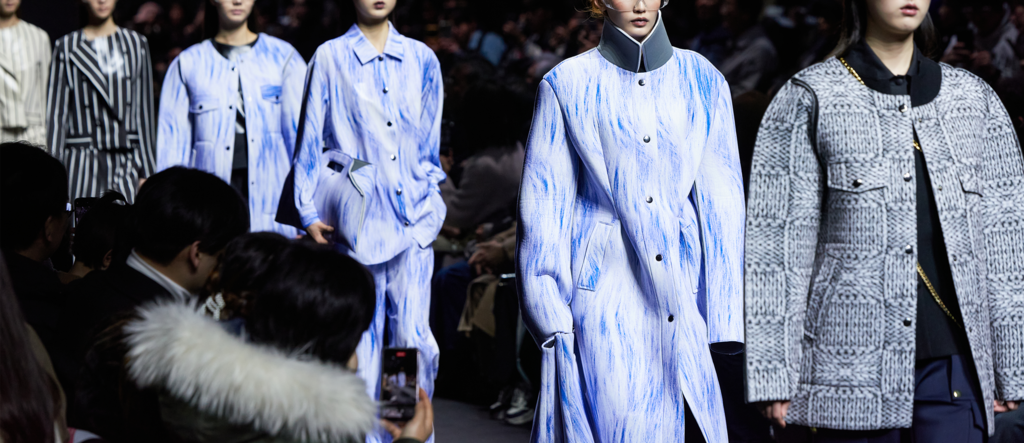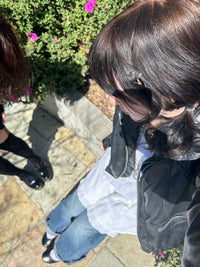
The Rise of Sustainable Korean Fashion
Daebak InternsResponsible Innovation
In response to growing trends, South Korea has seen a rise in consumption of fast fashion. This fast-paced production and allocation of easily-accessible products is a form of retail generated to adapt to these trends, and allow consumers to keep up with these quick social changes! However, environmental considerations as to how these products are made have been making more of an impact in consideration of typical Korean values: respect for the environment, craftsmanship, and creativity.
Fashion, as a cultural expression, is a communication of social values that fluctuates in response to adaptation of one's personal style and the evolving world around them. Trends are created alongside the shift of social values, matching the pace and attitude commonly shared during that time period. And South Korea is all about what’s trending- whether it’s a new cafe, style of handbag, or selfie pose, it’s considered important to hop on that trend and reinterpret the presentation of it in your own style! But it’s important to highlight that the importance of staying up-to-date and being unified with one’s community works harmoniously with values of eco-consciousness and artistry.

Considering how Seoul, South Korea is a cultural hub for the exchange of art, a push towards embracing sustainable manufacturing processes has become more of a normality. Korean consumers are more concerned with the sourcing of product, resource rundown, expenditure of authenticity in design, and ethical implications of workers! And with that value becoming more widely accepted and acknowledged, Korean designers aim to push towards a positive influence in the K-Fashion scene by promoting sustainability.
Brands to Consider
RE;CODE

Labeling itself as a “conscious brand that designs and produces new collections by upcycling deadstock and using sustainable materials”, RE;CODE is very transparent in its approach of producing environmentally–conscious clothing that reflect the values of the wearers. Transfiguration of shape and pattern in response to changing trends is retained as a value of k-fashion by making use of what once was; upcycling unused garments into modernized collections. These styles are bold, urbanized and deconstructed, spotlighting what it means to make a statement. Down to the finest detail, these garments are handcrafted in asymmetrical shapes with an aim towards a zero-waste policy. Split dresses, patchwork denim, wrap skirts and raw-edged pants–it’s made evident in the construction alone that the brand tells a story about intersection, recreation.
Danha

Focusing on a style that caters more towards Korean traditional clothing, the brand Danha takes pride in the concept of upcycling and cutting back on unnecessary waste. Deeply rooted in Korean values is the sentiment that one should restrain from being wasteful, which is the exact direction the brand would like to lead fashion enthusiasts. From the textiles used to build the garments to the actual brand packaging, material is either utilized as being biodegradable or recycled. Danha’s clothing is both conservative of traditional aesthetics as it is informed by modern trends, using bright color palettes and feminine patterns backed up by a base of recycled polyester. Ultimately, the brand aims to express Korean identity.
UL:KIN
The brand seeks to be labeled as defiantly innovative in its journey to transform deconstructed art into a new creative vision. This method is of popular use to design the brands’ handbags and watch straps from material such as discarded painted canvases and fabric scraps. Blending streetwear influences with futuristic styles, the brand takes a very modern approach in fashion to suggest a shift being made towards a more sustainable future.


